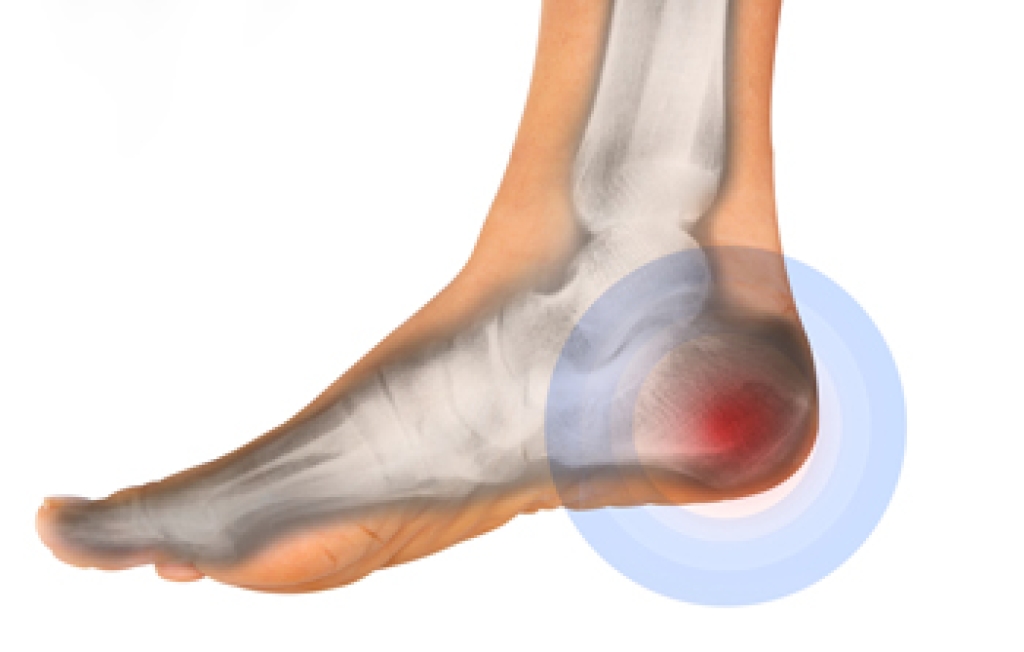
Trail running exposes the feet and ankles to forces and hazards not found on smooth pavement. Uneven ground, hidden roots, and shifting rocks can quickly lead to rolled ankles, strained ligaments, or stress fractures. The constant changes in slope and surface demand rapid adjustments in foot placement, increasing the chance of missteps that overstretch tendons or tear soft tissue. Repeated downhill impact can bruise the heel or inflame structures like the plantar fascia. In some cases, sudden landings on unstable surfaces cause foot bone injuries that require weeks of recovery. Trail conditions such as mud, loose gravel, and water crossings can make slips more likely, leading to sharp impacts or twisting falls. Because these injuries can escalate and lead to long-term complications if ignored, it is suggested that you visit a podiatrist for any lingering pain, swelling, or difficulty bearing weight after a run.
Sports related foot and ankle injuries require proper treatment before players can go back to their regular routines. For more information, contact Kentston Cripe, DPM of Roseville Foot & Ankle. Our doctor can provide the care you need to keep you pain-free and on your feet.
Sports Related Foot and Ankle Injuries
Foot and ankle injuries are a common occurrence when it comes to athletes of any sport. While many athletes dismiss the initial aches and pains, the truth is that ignoring potential foot and ankle injuries can lead to serious problems. As athletes continue to place pressure and strain the area further, a mild injury can turn into something as serious as a rupture and may lead to a permanent disability. There are many factors that contribute to sports related foot and ankle injuries, which include failure to warm up properly, not providing support or wearing bad footwear. Common injuries and conditions athletes face, including:
- Plantar Fasciitis
- Achilles Tendinitis
- Achilles Tendon Rupture
- Ankle Sprains
Sports related injuries are commonly treated using the RICE method. This includes rest, applying ice to the injured area, compression and elevating the ankle. More serious sprains and injuries may require surgery, which could include arthroscopic and reconstructive surgery. Rehabilitation and therapy may also be required in order to get any recovering athlete to become fully functional again. Any unusual aches and pains an athlete sustains must be evaluated by a licensed, reputable medical professional.
If you have any questions please contact our office located in Roseville, CA . We offer the newest diagnostic and treatment technologies for all your foot and ankle needs.




